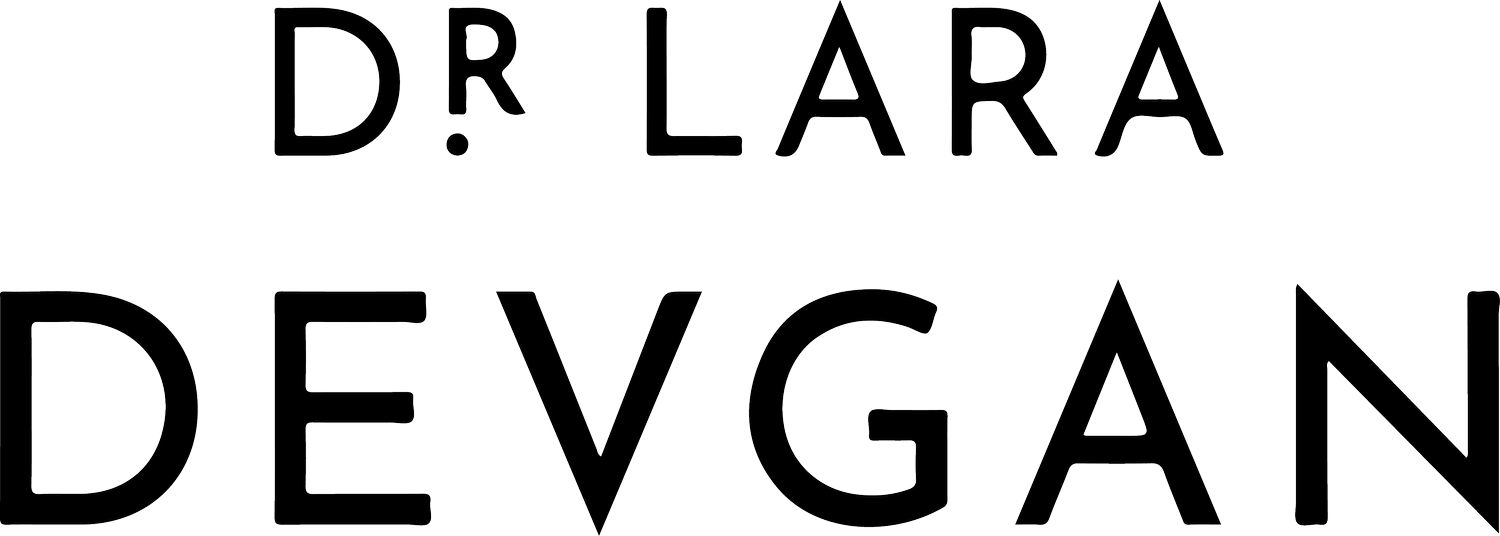Does breastfeeding really ruin your breasts?
This article was featured in the "Healthy Living" section of national online women's magazine Mommybites.
By Dr. Lara Devgan
Image credit therantsinmypants.wordpress.com
When it comes to feeding your baby, pediatricians and lactation consultants agree: breast is best. Breast milk gives your baby the most optimal mix of nutrients, proteins, fats, and antibodies to help him grow strong and healthy. There is even research that shows that breastfeeding decreases rates of breast cancer in women. So what is there not to love?
Well, in between feedings, diaper changes, and the chaos of childrearing, many women worry about what breastfeeding does to their breasts. Those supple curves that were once the centerpiece of feminine mystique have evolved into a combination of baby restaurant, refrigerator, and bottle warmer. They are engorged then deflated. The nipples are raw. They are covered with stretch marks.
Will they ever be the same again?
Unfortunately, the answer is no. Not completely, at least. Unless you are one of the genetically blessed among us, breastfeeding leads to some of the following physiologic consequences in women:
- Ptosis. This is the medical term for drooping. You may notice after breastfeeding one or more babies that your breasts sit lower on your chest wall than they used to. The nipples might point downward. There may be more contact between the skin on the underside of your breasts and the skin of your chest. If you feel that your breasts look better in a bra, when they are supported higher up on your body, this may mean you have ptosis.
- Deflation. After breasts go through the process of engorgement and deflation several times a day for weeks or months, they begin to lose their elasticity. This is manifested in the “deflated” look of the top part of the breast. You may notice that your breasts don’t fill your clothes in the same way, or that you don’t have the cleavage you used to have.
- Skin changes. With weight changes of pregnancy and lactation, the skin may develop stretch marks. Sometimes these will fade over time, as hormonal levels normalize. Other times they will stay. The skin will also lose some of its elasticity– like a rubber band that is a couple of years old, it may not pop right back into a pre-maternity position.
What can you do to fix that?
Image credit postpregnancywellness.com
Wear a well-fitting and supportive bra at all times, even when you are sleeping.
This will reduce some of the burden on your skin and connective tissue to hold up your breasts. You may need a few different bras for the various stages of pregancy and breastfeeding, when your breast size may fluctuate.
Keep your skin well moisturized.
There isn’t one “magic bullet” stretch mark cream on the market that has been proven to work in all women. However, research does show that using a hypoallergenic lotion to keep your skin hydrated can keep you looking younger. Don’t bother spending a fortune on a pricey department store brand. An unscented body lotion from the drug store will be just fine.
Try to pump or nurse on a somewhat regular schedule.
Keeping your breasts from getting maximally engorged before expectorating the milk can help limit the swing in breast size from one extreme to the other -which in turn reduces some of the tissue damage that can come with breastfeeding.
See your doctor or lactation consultant if you have cracked nipples, bleeding, or warm red breasts.
These can all be signs of a medical problem that needs to be addressed right away.
And what about after you wean your baby?
Image credit pacificmotionbirth.com
If you have stopped breastfeeding and you are unhappy with the way your breasts look, there are many options for a “mommy makeover” of your chest. These include a breast lift, breast augmentation (implants), a breast lift with implants, and a breast reduction.
Plastic surgery on your breasts is not recommended if you have breastfed in the previous six months. If you are over 40 or you have a personal or family history of breast or ovarian cancer, you will probably need a mammogram before having any kind of breast surgery. And of course, medical advice is best given by a well-trained plastic surgeon who has actually examined you and seen you as a patient.
The good news is that cosmetic breast surgery is quite safe, extremely common, and makes many women very happy. Breast implants are one of the most commonly performed plastic surgery procedures in America, and they are safe for future breastfeeding if you decide to have more kids later. Moreover, they have not been shown to delay the detection of breast cancer, which is something that women are sometimes afraid of.
If you think cosmetic breast surgery may be right for you, talk to your plastic surgeon.



















